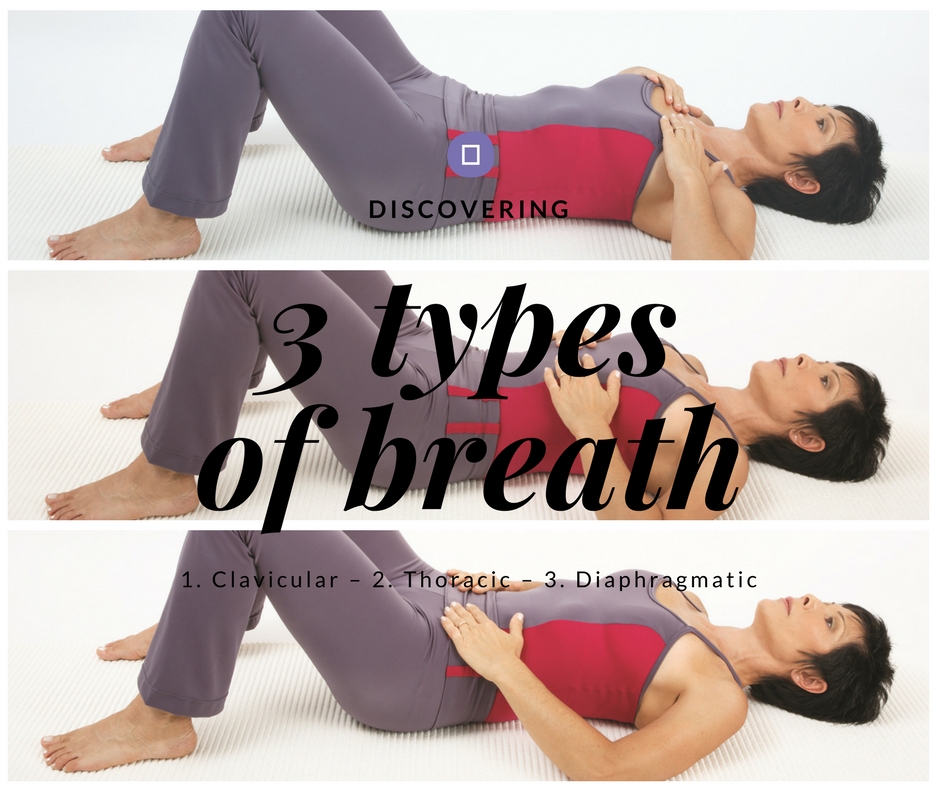
It is the meditation arrangement taught by Lord Buddha where mindful breathing is practically used to do both samadhi and Vipassana. Your first step should be to consider “deep breathing” as the only object of attention, focus on the sensations produced naturally by the lungs which is filling up and emptying themselves. Bring your attention to the nostrils, abdomen and chest.
The time, you try and focus your attention to the breathing, you will find that the mind will be distracted at first. When we are asking you to practise this, we are asking you to bring back your mind from wavering here and there. It will take time. It is not easy and the amount of concentration should increase slowly. Deep breathing helps you getting back in the present time.
Do not force your mind not to think, just gently bring back it to the present. You should not ask your mind to think or remember something, do not respond to the flash of images that are going through your mind. Meditation sounds like a heavy word, but it is about self-observation. It is about reliving and analyzing your existence, being comfortable with yourself.
The next stage is pure Vipassana meditation. You must know being at peace is not silence, it is not a place or location that gives you peace. Yes, serene, natural environs may give you a beautiful feeling inside, but the ultimate achievement of peace is from within, this state is Vipassana Meditation.

Vipassana means insight into the temporary nature of mental and physical formations. Slowly and steadily, mind vacates itself from all the experiences and realise the transient nature of the things around, the emotions. The deep knowledge of this impermanence law of nature can make it easy for you to detach yourself from the unnecessary anxiety related to the world outside.





